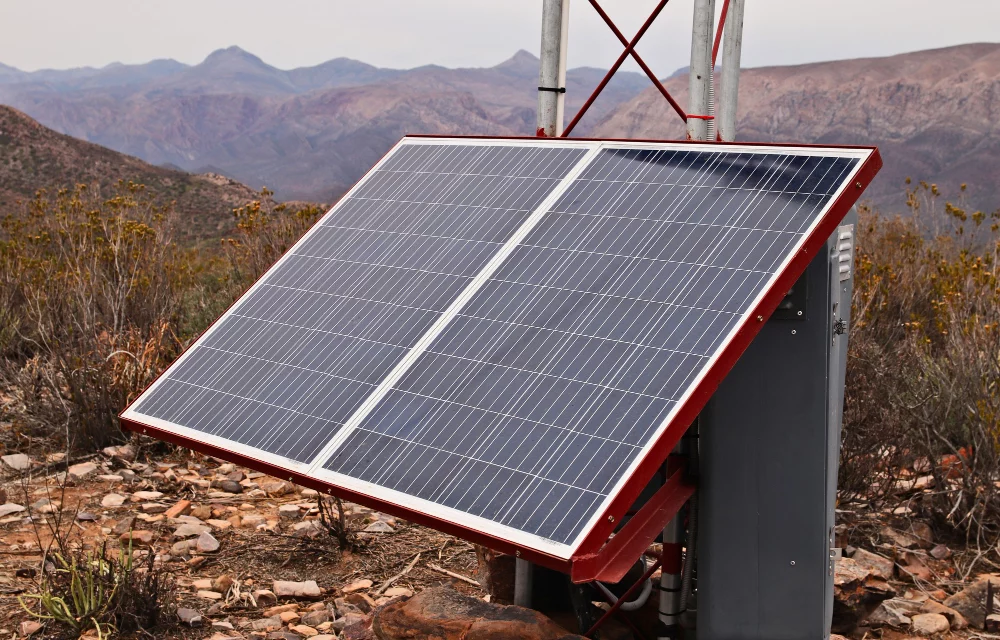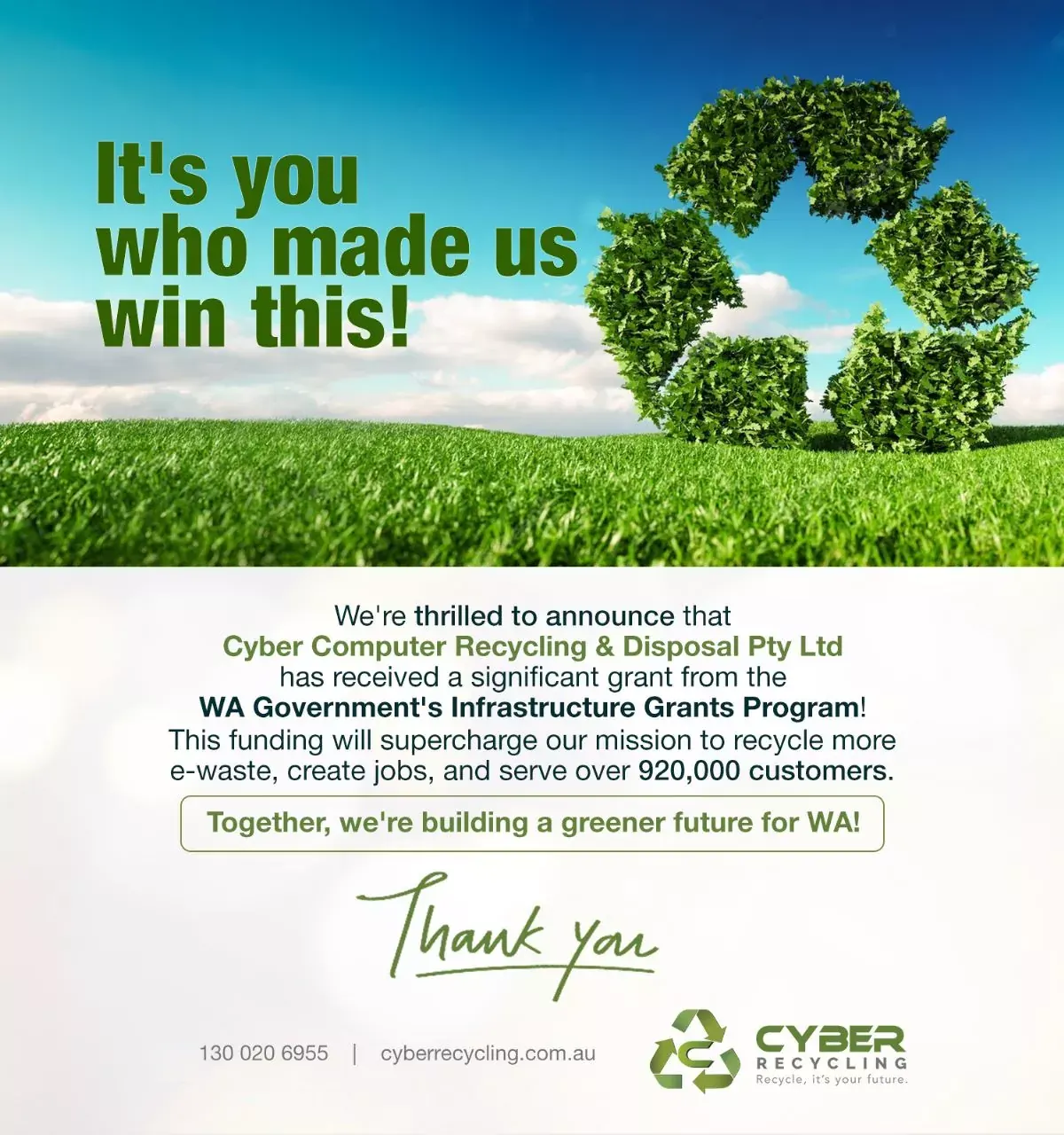Australia’s sun-soaked lands have fueled a renewable energy revolution. Rooftops and vast solar farms under the blue skies, powering homes and businesses with clean electricity. But as this solar boom accelerates, you have to ask yourself, what happens when these panels reach the end of their life? Solar panel recycling could be the answer for this, an ideal step to keep our clean energy future bright and sustainable.
With millions of panels installed over the past decade, the nation now faces a mounting challenge in managing end-of-life systems. Proper solar panel disposal is necessary for protecting our environment, conserving resources, and making sure the circular economy thrives. Without further ado, let’s explore why recycling solar panels in Australia is non-negotiable for a greener tomorrow.
The Solar Boom and the Waste Challenge
Australia’s Rapid Solar Adoption
Australia leads the world in rooftop solar uptake. By mid-2024, over 3 million homes sported solar systems, generating enough power to light up entire cities.
This growth has helped to cut emissions, but panels last 25-30 years on average. Early installations from the 2010s are now retiring, creating a concerning increase in waste.
The Rising Tide of Solar Panel Disposal
In 2024 alone, around 280,000 tonnes of end-of-life panels entered waste streams. Projections show this increasing up to 1.16 million tonnes by 2035.
This could overwhelm landfills and release toxins into soil and water. Solar panel disposal demands smarter solutions to avoid turning one of our solutions for the energy crisis into an environmental headache.
- 1.4 million panels are set to reach end-of-life in 2025.
- By 2030, annual waste could hit 90,000 tonnes without better solar recycling infrastructure.
Why Solar Panel Recycling Matters
Environmental Gains
Solar panel recycling keeps hazardous materials like lead and cadmium out of ecosystems. These toxins can leach from landfilled panels, harming wildlife and water sources.
Recycling slashes greenhouse gas emissions by up to 90% compared to producing new panels from newly mined materials. It also conserves precious resources like glass, aluminum, and silicon that power our tech-driven world.
Economic and Resource Advantages
Beyond the planet, solar module recycling creates jobs in collection, processing, and material recovery. Facilities turning old panels into silver and copper boost local economies.
Recovered materials cut mining demands, stabilizing supply chains for future solar builds. In a resource-rich nation like Australia, this closes the loop on our clean energy investments.
- Resource Recovery: Up to 95% of a panel’s materials, including high-value metals, can be reused.
- Cost Savings Long-Term: While upfront recycling costs more, it prevents expensive environmental cleanups down the line.
Jobs, Innovation, and Cost Efficiencies
Recycling solar panels Australia can help the country’s economy too. The sector could generate thousands of jobs in logistics, processing, and R&D. Queensland’s inaugural recycling facility, operational since October 2024, is proof of this; the facility processes 240,000 panels annually, recovering copper, silver, and glass while employing local technicians.
Facilities like Brisbane’s innovative shed operation are already extracting high-value metals, turning waste into revenue streams that bolster regional economies. Financially, while initial recycling costs hover at AUD 10-20 per panel, versus AUD 2 for landfilling, the long-term returns are substantial.
Innovation drives further gains. AI-powered sorting, piloted at the University of New England in 2025, accelerates disassembly by 40%, slashing labor expenses. Meanwhile, second-life repurposing, redeploying functional panels for off-grid uses, could salvage 8 gigawatts by 2030, delaying recycling needs and extending ROI.
Different Stages of Solar Module Recycling
Solar module recycling turns waste into something of value in a straightforward yet tech-savvy process. Here’s how it takes shape in facilities across the country:
- Collection and Transport: Old panels are gathered from homes, farms, or installers and shipped to certified sites. Safe handling prevents damage during hauls over Australia’s vast distances.
- Inspection and Dismantling: Experts assess panels for reuse potential as some get a second life in off-grid setups before manual or mechanical breakdown removes frames and glass.
- Material Separation: Glass is crushed for new panels, aluminum melted for frames, and silicon cells processed chemically to extract pure silicon and silver.
- Hazardous Handling: Toxins like cadmium are isolated and disposed of under strict regulations while guaranteeing zero leaks.
- Quality Check: Recovered materials are tested for purity and are ready for manufacturers.
The process may not be perfect, but recent technological advancements are making it increasingly efficient.
Regulations and Initiatives Driving Change
Post-2023, solar panel recycling Australia has seen progress toward uniformity. Victoria’s 2023 landfill prohibition set the precedent, fining violators up to AUD 200,000. South Australia, Queensland, the ACT, and Western Australia followed in 2024, with WA’s e-waste regs explicitly targeting PV systems. New South Wales and Tasmania lag, relying on voluntary guidelines.
Federally, a product stewardship act, slated for December 2025 implementation, mandates importers and manufacturers to fund take-back programs, akin to battery recycling successes. This could divert 80% of waste from landfills by 2030. Initiatives like SolarRecycle’s partnerships with CSIRO emphasize compliance, while state grants support facility expansions.
| State/Territory | Landfill Ban Status | Key Enforcement Date | Coverage Scope |
|---|---|---|---|
| Victoria | Full Ban | 2023 | All PV waste |
| South Australia | Full Ban | 2024 | Residential & Commercial |
| Queensland | Full Ban | 2024 | Includes inverters |
| ACT | Full Ban | 2024 | Urban-focused |
| Western Australia | Phased Ban | 2024 | E-waste regs |
| NSW/Tasmania | Voluntary | N/A | Guidelines only |
Selecting Reliable Recycling Partners
As Australia’s solar installations continue to grow, finding trustworthy partners for solar panel recycling becomes essential. Opting for specialized service providers ensures that end-of-life panels are handled with care, maximizing material recovery while meeting strict environmental standards. These experts not only divert waste from landfills but also provide peace of mind through certified processes that align with national regulations, and the benefits extend beyond compliance.
- Expert Handling: Trained teams manage hazardous materials safely, preventing leaks into soil or water.
- Compliance Assurance: Certificates of destruction and deletion verify adherence to ESG goals, crucial for commercial projects.
- Efficiency Gains: Streamlined collection and processing, often with free pickups in key areas, minimizes disruption.
At Cyber Recycling, we offer tailored commercial solar services, including the removal and recycling of photovoltaic sheets in regions such as Perth, Adelaide, and Darwin. Our focus on IT asset lifecycle management complements recycling solar panels Australia by integrating secure decommissioning with resource extraction, helping sustain the clean energy push without adding to waste burdens.
Looking Ahead
The horizon for solar recycling in Australia brims with promise. By 2025, AI integration could automate 70% of sorting at facilities, enhancing precision and throughput. Silver recovery advancements could supply 10% of domestic needs, fortifying supply chains amid global shortages.
Challenges persist, but with federal backing and industry collaboration, Australia can pioneer a model where solar waste fuels endless innovation. This is about reimagining energy’s lifecycle for generations ahead.
In conclusion, recycling solar panels Australia could become the linchpin of a resilient, equitable clean energy future. The pieces are starting to align, and in the next step, stakeholders like homeowners, businesses, and policymakers must join together to amplify these efforts, ensuring our solar legacy endures as a beacon of sustainability.


